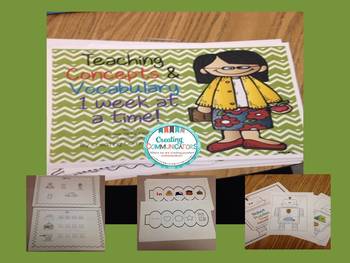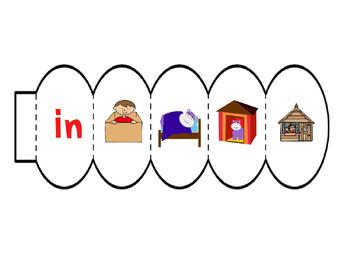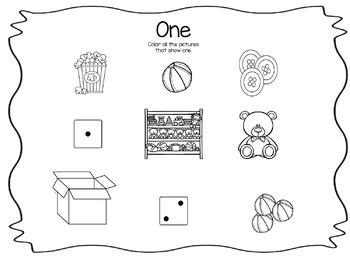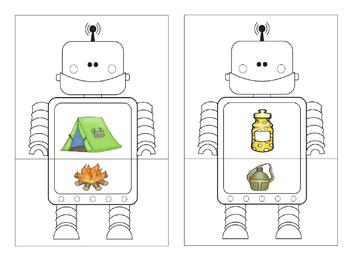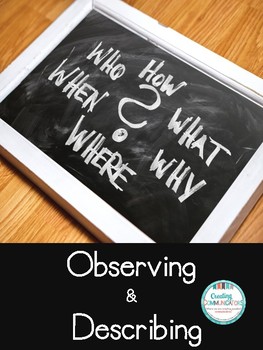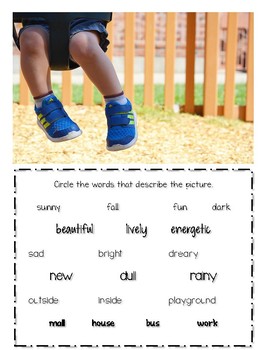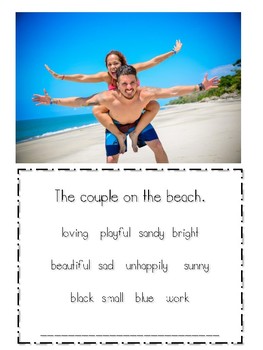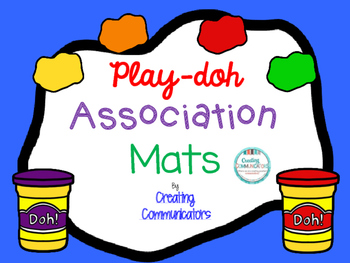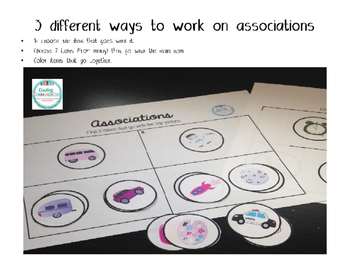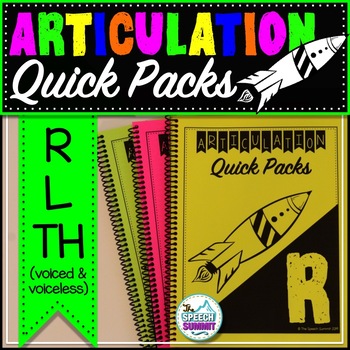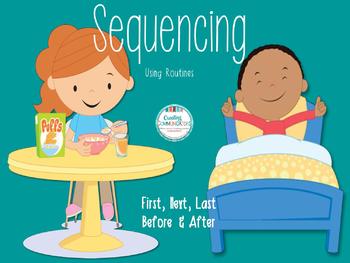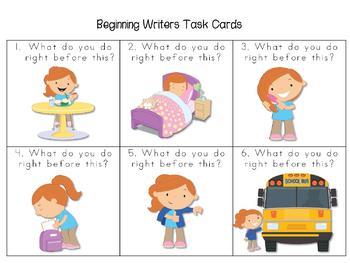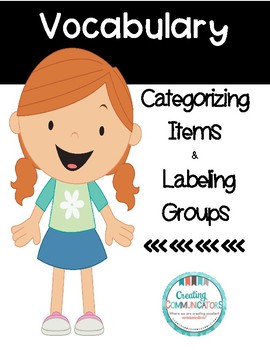
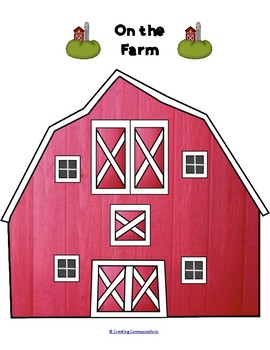
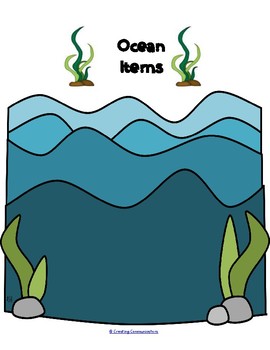
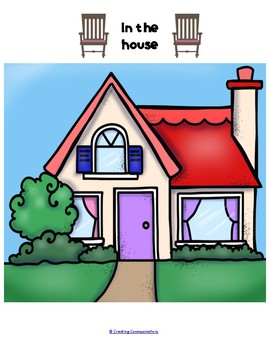
Need something for Preschool? Here is a fun center that you can work on with all preschoolers!
Vocabulary- Categorizing and Labeling
Print off all of the pictures in colour and laminate for durability. For an activity center, have the children place the items from each group on the corresponding mat.
This will help to teach labelling category names and how to categorize items into their different groups.
After the students can put the items from each group on the correct mat, you can have them play a memory game. Place even numbers of cards from each
group (food, clothing, transportation, etc.) and lay them face down on a table. When the student chooses 2 cards that are related, they have to name the group or tell that
the items belong to or explain why the items are related.
For example, a shirt and shoes are both clothing, a car and a motorbike both have wheels. For the last page, you can place 3 items from a group and have the student name the category.
Enjoy!
Mindy
Print off all of the pictures in colour and laminate for durability. For an activity center, have the children place the items from each group on the corresponding mat.
This will help to teach labelling category names and how to categorize items into their different groups.
After the students can put the items from each group on the correct mat, you can have them play a memory game. Place even numbers of cards from each
group (food, clothing, transportation, etc.) and lay them face down on a table. When the student chooses 2 cards that are related, they have to name the group or tell that
the items belong to or explain why the items are related.
For example, a shirt and shoes are both clothing, a car and a motorbike both have wheels. For the last page, you can place 3 items from a group and have the student name the category.
Enjoy!
Mindy
